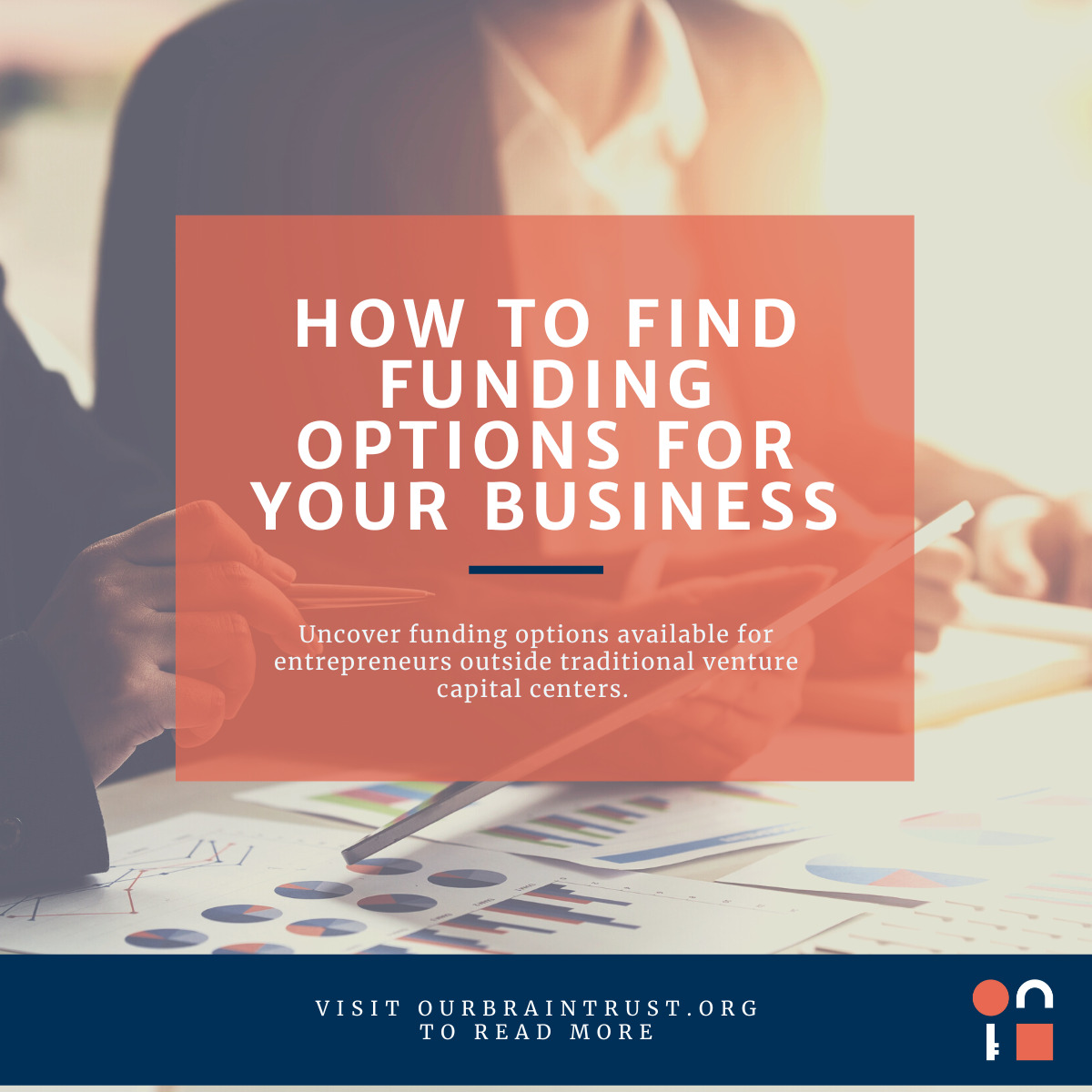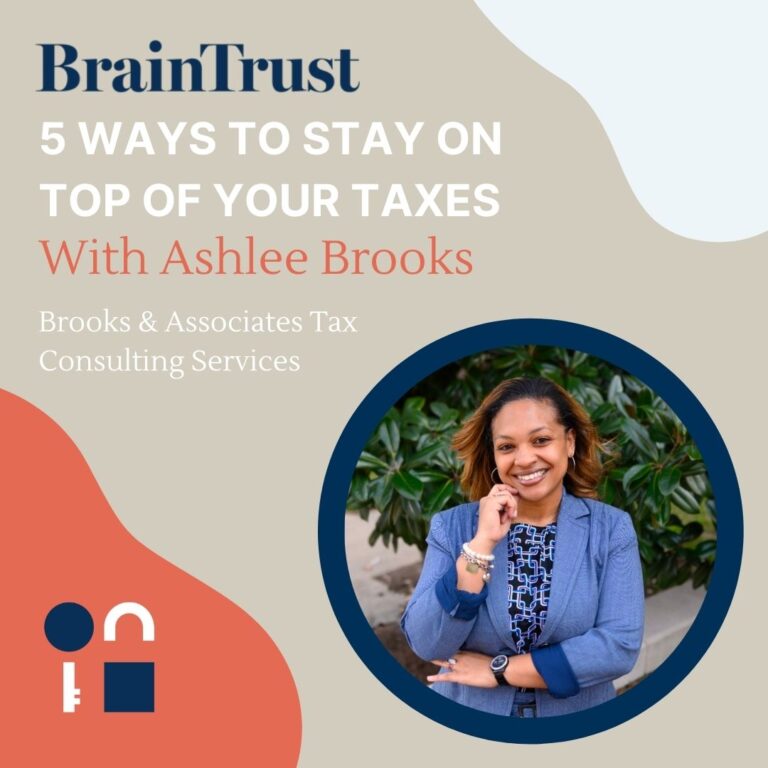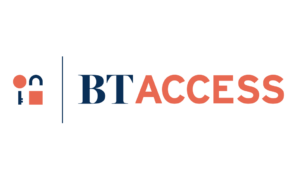How to Find Funding Options for your Business
Every business starts with a great idea. And while it may come as a surprise for many entrepreneurs, having that great idea is actually the easy part of starting a business. What’s much more challenging is paving the way from idea to product development to product launch. Oftentimes, accessing capital as a startup is a bump in the road to success.
If you’re a female entrepreneur living and working outside of the traditional venture capital centers like Silicon Valley, New York City, or Boston, it’s time to get creative when it comes to securing funding for your business. This blog will explain several funding options for your business and share some tips from one experienced female business owner on how to succeed in the funding game.
Funding Options: Professional Investors
One professional investment option is venture capital firms (VCF). VCFs are made up of investors who commit sums of money to the firm to invest in the early stages of new businesses. In return for their funds, the investors receive a share or equity stake in the startup business.
Another type of professional funding is angel groups or angel funds. The difference between VCFs and angel funds is that angel funds typically rely on smaller amounts of money from investors at a lower buy-in for the startup.
According to Studio Bank, in 2018, more than $130 billion was invested in seed and early stage funding for new businesses through professional investors. When entrepreneurs read about the amount of cash flowing from VCF into startups, it’s easy to get excited and want to secure your slice of the funding pie. However, the reality is that fewer than 3% of companies receive backing from professional venture capital funds or angel funds.
Professional investors are not looking to invest in a great idea — they want to see proof that the idea can work in the market. In other words, to secure funding from professional investors, you will need a rock-solid business plan and the ability to convince investors that your team can successfully execute it all the way to product launch.
For female business owners, this is particularly important. The unfortunate reality (that we are working hard to change) is that business is still very much a man’s world, especially when it comes to finance and VCFs. The best advice for female entrepreneurs who want to explore professional funding options is to work with a business accelerator or women’s entrepreneurship program like BrainTrust. Business accelerators are short-term “business bootcamp” programs that mentor and teach female entrepreneurs how to quickly prepare to pitch professional investors and successfully raise capital.
To find out more about what we do at BrainTrust as a women mentoring women business, register to attend one of our Lowdown sessions.
Funding Options: Nonprofessional Investors
As we mentioned earlier, very few business startups receive funding from professional investors. It’s more common for entrepreneurs to utilize a variety of creative funding options. As you read about some of these nonprofessional business funding options, keep an open mind and consider what makes sense for your business and your financial situation.
Bootstrapping is the most common way startups are funded right now. Bootstrapping refers to funding your business by yourself or “getting to revenue” without bringing in outside investment. When entrepreneurs use personal savings, an equity line of credit on a home, money from friends and family, or sales/revenues to fully fund growth, that is bootstrapping.
Bootstrapping has powerful benefits:
First, the entrepreneur retains full ownership of the business and has complete control over the direction of the business. Second it forces the entrepreneur to fine-tune the business plan and create processes that work, immediately.
Bootstrapping also has some potential downsides, too:
First, it’s risky for entrepreneurs to put their personal finances on the line. Next, it’s isolating and makes it difficult to network and connect with potential business mentors and future investors. Also, bootstrapping can be especially stressful because entrepreneurs have to work in their business as well as on their business until it is profitable enough to hire help.
Crowdfunding is another nonprofessional funding option. Crowdfunding has gained popularity with websites like Kickstarter. The concept behind crowdfunding is to reach large numbers of people who invest small amounts of money in exchange for a small amount of equity in the company, a pre-market purchase of a product, or simply altruistically with nothing in return.
If you want to pursue selling stock or an interest in your company through crowdfunding, please consult an attorney with the needed expertise to guide you through that process. The process is governed by federal and state securities laws, and the last thing you want to do is get your business in legal trouble.
Closing Thoughts
Money is the lifeblood of every business. As you bring your idea to the market and scale up your business, you’ll often find yourself asking if this is the right time to bring in outside funding. The answer to that question is different for each entrepreneur, and every company’s path to raising capital is different. Don’t be afraid to chart your own course to success.
But remember, you don’t have to do it alone. Women’s entrepreneurship programs like BrainTrust can help. To help you right now, we’re offering a free download of our Getting to $1 Million formula – an 8-page guide that will show you the math and the business model to reach your revenue goal. It’s simple math, we promise!








